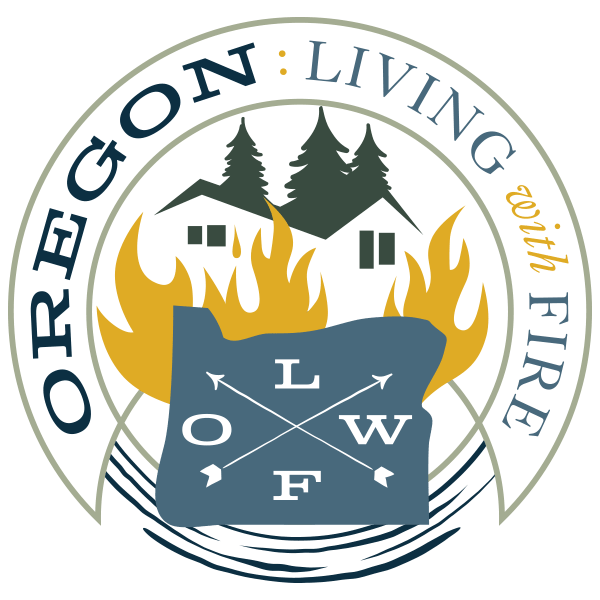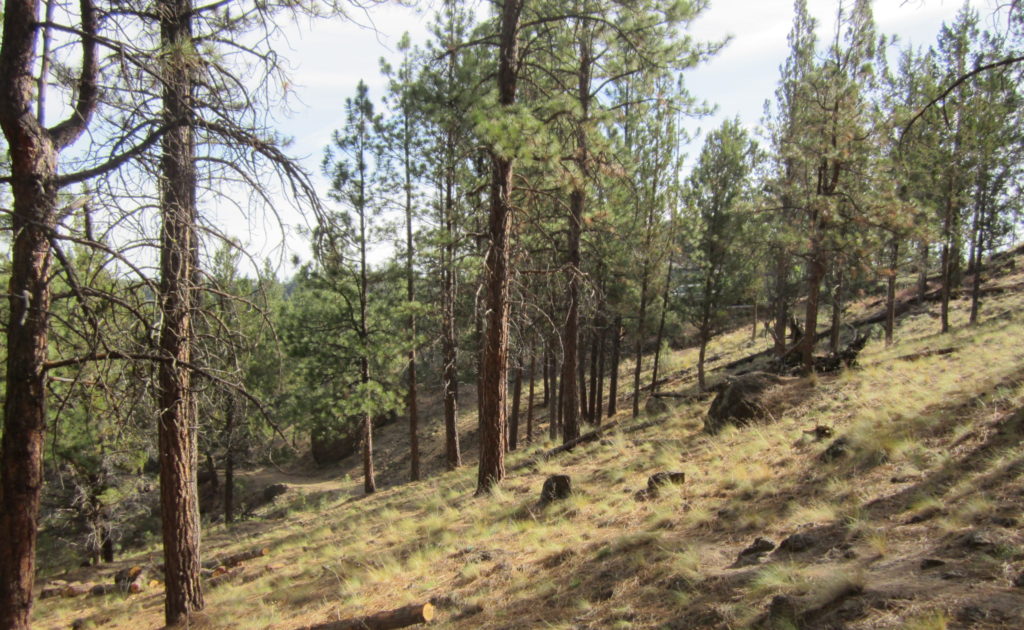What is Shared Stewardship?
The term has been thrown into the mix and many think of it as a new buzzword. But do residents and practitioners know what Shared Stewardship means for them in their place?
Today’s forest land managers face a range of urgent challenges, among them catastrophic wildfires, more public demand, degraded watersheds, and epidemics of forest insects and disease. All of these challenges cannot be addressed by a single solution or partner. The Shared Stewardship approach builds on and updates previous science and incorporates new mapping and decision tools to focus on treatments where they can do the best across jurisdictional boundaries.
Shared Stewardship is a way of doing business and approaching forest needs. Through Shared Stewardship, a variety of partners to do the right work in the right place and at the right scale. By coordinating at the state level to prioritize, partners will be able to increase the scope and scale of critical forest treatments that support communities and improve forest conditions.
A Shared Stewardship approach will support improvements in our forest landscapes and watershed health needs across a particular landscape that the partners have agreed upon. Instead of random acts of restoration solely on federal lands, Shared Stewardship partners will work together to prioritize landscape-scale stewardship actions that can produce outcomes at a more impactful scale. Shared stewardship can be used to address wildfire risk, non-wildfire related threats to landscape health, and any forest product needs by:
- Convening to define mutual goals and priorities areas across forest ownership boundaries;
- the USDA Forest Service decision space with states, counties, tribes and private entities;
- Taking advantage of Forest Service scenario planning capacity and resources to help define the areas of greatest risk and opportunity;
- Supporting active management by non-federal partners, including across boundaries when appropriate, to address the issue at a scale that matters and demonstrates an outcome from the investments.
For example, insect and disease infestation can compromise forest health and create negative ecological and economic consequences. Restoring habitat together for certain tree species to catalyze economic opportunities and improve wildlife habitat could also be an objective using a Shared Stewardship approach. Shared Stewardship priorities are whatever the state and the Forest Service agree to. Those priorities can include water quality, recreation, and other priorities as well as fire mitigation or timber.
Shared Stewardship seeks to change the trajectory of forested landscapes to create resiliency over time. These actively managed landscapes will be much less likely to fuel the conditions for catastrophic wildfires that permanently damage ecosystems and pose a significant threat to lives and property.
As decision-makers move forward together in Shared Stewardship, they will use updated performance metrics to account for complex outcomes. The Forest Service will continue to improve the efficiency of its National Environmental Policy Act process as they employ new tools that aid in evaluating risk, setting mutual priorities, and making land management investments at scales where the payoffs are the highest.
Shared Stewardship would not have been possible without the committed work of forest collaboratives over the last 20 years or so. These locally-driven efforts continue to demonstrate the effectiveness of collaboration, partnership, and local knowledge in pursuit of improving the health and resiliency of the nation’s forested landscapes.
The Shared Stewardship Strategy builds on a foundation of collaborative work, such as the Joint Chief’s Landscape Restoration Partnership, the National Cohesive Strategy for Wildland Fire Management, and the Collaborative Forest Landscape Restoration Program. It also builds on authorities created or expanded in the 2018 Omnibus Bill and the 2018 Farm Bill, such as Good Neighbor Authority. Shared Stewardship will build on an already steady foundation as we all collectively move forward, to work better together to set cross-boundary priorities.
The increase in catastrophic wildfire and other challenges faced by forests and communities over the last two decades also demonstrate that states, tribes, communities and the USDA Forest Service need to actively manage our forests at a much larger scale to produce meaningful results on the ground.
Sources: http://wwww.wildfireinthewests.org; https://www.fs.usda.gov/managing-land/shared-stewardship/faq; https://www.fs.usda.gov/managing-land/shared-stewardship;

